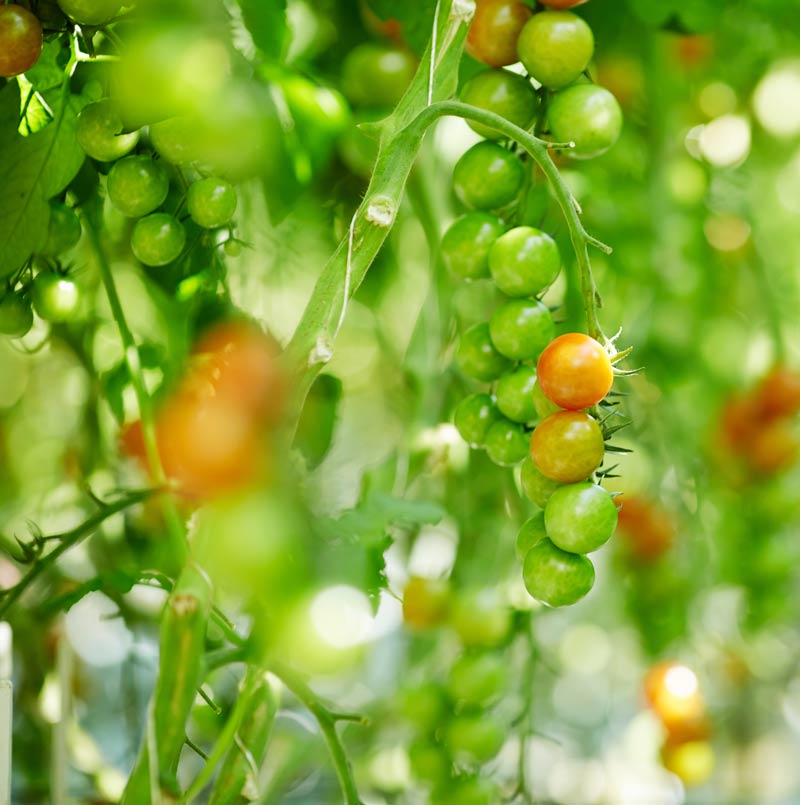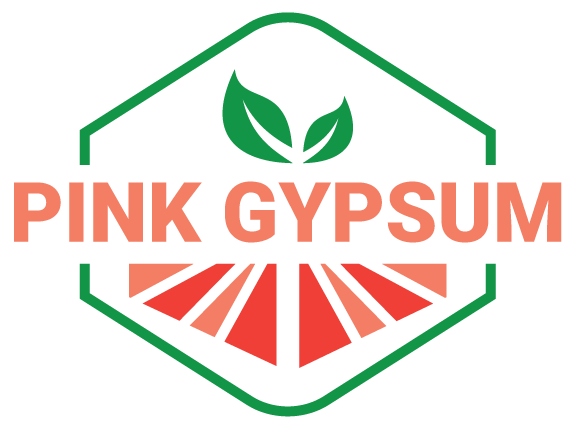Regenerative agriculture, as both a philosophy and a land management approach, encourages a shift in how we perceive the interconnectedness of various components within agriculture. Unlike the conventional linear supply chain, regenerative agriculture views these elements as part of a complex web—a network comprising entities involved in growing, enhancing, exchanging, distributing, and consuming goods and services. The emphasis is on cultivating and ranching in a manner that not only sustains people but also nurtures the Earth.
This agricultural paradigm operates without a rigid rulebook, allowing growers the flexibility to implement practices that suit their unique circumstances. The key lies in embracing holistic principles that underpin the dynamic system of regenerative agriculture. These principles aim to restore soil and ecosystem health, address issues of inequity within the agricultural system, and foster a legacy of improved land, water, and climate conditions for the benefit of future generations. It’s a call to cultivate and manage the land with an eye toward sustainability and the well-being of both people and the planet.


Agricultural gypsum plays a role in regenerative agriculture by contributing to soil health and fertility. Here are several ways in which agricultural gypsum can support regenerative agricultural practices:
Soil Structure Improvement: Agricultural gypsum, or calcium sulfate, helps improve soil structure by reducing compaction. In many agricultural settings, soil compaction limits root growth and water infiltration. Gypsum works by breaking up compacted soil particles, promoting better aeration and water movement through the soil.
Nutrient Availability: Gypsum is a source of calcium and sulfur, both of which are essential nutrients for plant growth. Calcium is a key component in cell wall development, and sulfur is crucial for various biochemical processes within plants. By applying gypsum, farmers can enhance the availability of these nutrients in the soil, promoting healthier plant growth.
Alleviation of Soil Salinity: In regions where soil salinity is a concern, gypsum can help mitigate this issue. Gypsum reacts with sodium in the soil, displacing it and preventing the formation of sodium salts. This process, known as leaching, helps improve soil structure and makes it more conducive to plant growth.
Enhancement of Water Infiltration: Improved soil structure resulting from gypsum application enhances water infiltration. This is vital in regions facing water scarcity, as it helps the soil retain more water, reducing the need for irrigation and contributing to water conservation.


In summary, agricultural gypsum contributes to regenerative agriculture by addressing soil compaction, improving nutrient availability, mitigating salinity, reducing erosion, regulating pH, enhancing water infiltration, and supporting cover crop growth. Integrating gypsum into regenerative practices contributes to the overall health and resilience of agricultural ecosystems.
Sign up for news and updates from us!
